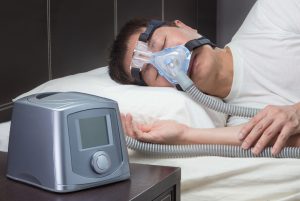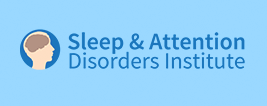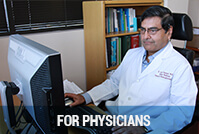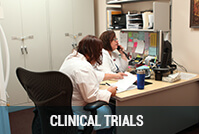SoClean May Be Dangerous to Your Health

SoClean May Be Dangerous to Your Health
We have previously blogged about whether SoClean (and related devices) really clean CPAP. Hint: They do not. They may sanitize devices that have been cleaned (such as with soap and water). In 2020, the FDA warned that devices using ozone or UV light and claiming to clean CPAP devices might be harmful to patients. The FDA also warned that these devices are illegally marketed. Now Philips (the maker of Philips Respironics CPAP devices) has warned that ozone in unapproved cleaning devices may degrade the sound abatement foam in some of its CPAP devices. This may cause patient exposure to chemical emissions from the foam.
What Does the FDA say?
The FDA has stated that exposure to high levels of ozone may worsen patients’ existing respiratory disease or increase the chance of respiratory infection. UV light could cause burns, eye damage, or increase the risk of skin cancer. Patients have reported to the FDA that the ozone from such “cleaning devices” has caused cough, breathing difficulty, nasal irritation, headaches, asthma attacks, and other breathing complaints.
Ozone gas (used in SoClean and other devices) does kill bacteria. However, the ozone levels required to kill bacteria are unsafe for humans. Further, ozone would have a hard time killing bacteria that are covered in dirt, so the CPAP devices and accessories being sanitized should be cleaned first, anyway. If the patient has performed the cleaning, and is the only user of the CPAP, then further sanitization is not necessary.
The FDA performed some testing, and found that the devices claiming to clean CPAP machines and accessories generated unsafe ozone levels in the area (probably because it leaks into the room). The FDA also found that the ozone lingered in the tubing and CPAP machines for too long. If patients use the CPAP machine without first allowing fresh air to circulate through the entire CPAP system, they may end up breathing the ozone. The FDA found that the power of UV light varied considerably among UV cleaners, and may not be enough to sanitize.
The FDA stated that these devices claiming to clean, sanitize, or disinfect CPAP machines and accessories have not been FDA cleared or approved for marketing in the USA. The FDA will continue to monitor reports of adverse effects associated with the use of ozone gas or UV-based devices, and encourages individuals to report such adverse events.
What Does Philips Respironics Say?
Philips Respironics has advised that the sound abatement foam in some of its machines by degrade, for example by unapproved cleaning methods such as ozone. This may cause irritation to the skin, eye, and respiratory tract, inflammatory response, headache, asthma, damage to kidneys and liver, and toxic carcinogenic effects. Philips Respironics has received reports of black debris and particles within the circuits, and has issued a recall for several of its machines.
We have been warning against the use of SoClean and similar ozone or UV based devices for years. We wish that the regulatory authorities would have these devices removed from the market until and unless they are proven to be safe for patients, and effective even when used with CPAP devices and accessories that have not previously been cleaned with soap and water.
Addendum
We treat patients with all sleep disorders including sleep apnea. We DO NOT give advice on potential SoClean lawsuits. We DO NOT give advice to people who are not our patients. If you would like to become a patient, please call us. If you are looking for information on SoClean or lawsuits about SoClean, please do not call us, call your attorney instead. If you are looking for advice on how to clean your CPAP machine, please do not call us, and instead call your treating physician or the CPAP supplier or manufacturer.









